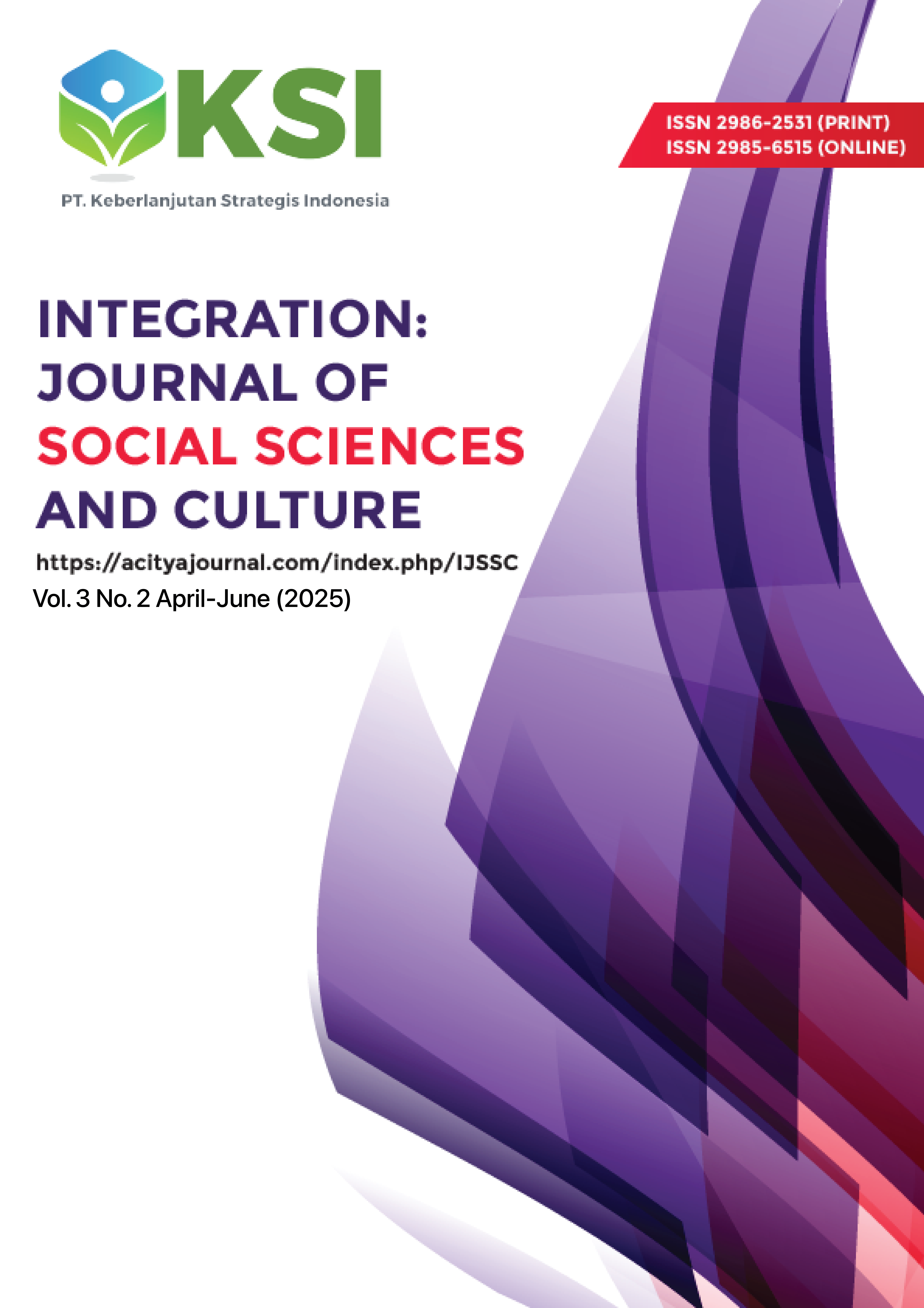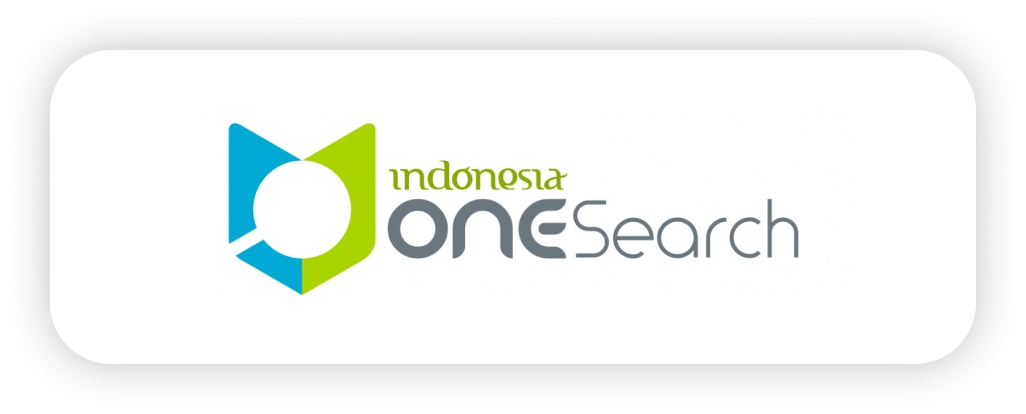Human Resource Competence Through the Application of the People Capability Maturity Model to the Competitive Advantage of Human Resources
DOI:
https://doi.org/10.38142/ijssc.v3i2.294Keywords:
People Capability Maturity Model, HR competence, HR competitive advantage, Resource-Based ViewAbstract
Purpose:
In the face of global challenges and rapid technological developments, organizations are required to have a superior human resource management (HR) strategy in order to achieve sustainable competitiveness. The People Capability Maturity Model (PCMM) is present as a framework that helps organizations develop HR competencies systematically through five levels of maturity. This study aims to examine the relationship between the application of PCMM and the improvement of human resource competence and the competitive advantage of human resources.
Methodology:
The sample consisted of 180 respondents who worked for retail companies in Bali. The approach used was quantitative, with data collection through online questionnaires and limited interviews, which were analyzed using the Partial Least Squares Structural Equation Modeling (PLS-SEM) method.
Findings:
The results of the study show that the implementation of PCMM has a significant effect on improving employee competence. Human resource competence has also been proven to have a significant direct influence on the competitive advantage of human resources. In addition, the influence of PCMM on competitive advantage is indirect through the mediation of human resource competencies.
Implication:
These findings reinforce the Resource-Based View (RBV) theory which emphasizes the importance of internal capabilities as a source of competitive advantage. The implications of this study emphasize the importance of companies to align HR development strategies with maturity models such as PCMM.
Downloads
References
Boyatzis, R. E. (2008). Competencies in the 21st century. Journal of Management Development, 27(1), 5–12. https://doi.org/10.1108/02621710810840730
Curtis, B., Hefley, B., & Miller, S. (1995). People Capability Maturity Model (PCMM). Software Engineering Institute, Carnegie Mellon University. https://doi.org/10.21236/ADA300822
Dewi, R., & Handayani, S. (2018). Penerapan PCMM dalam pengembangan SDM sektor TI di Indonesia. Jurnal Manajemen Teknologi, 17(2), 45–59.
Lubis, R., & Sari, N. (2020). Kompetensi Sebagai Penentu Keunggulan Bersaing Organisasi. Jurnal Ilmu Ekonomi dan Manajemen, 10(1), 88–101. https://doi.org/10.22437/jmk.v10i01.12175
McKinsey & Company. (2020). Unlocking Indonesia's Potential through Talent Development. Jakarta.
Prasetyo, D., Kartini, T., & Anwar, M. (2021). PCMM Sebagai Alat Perencanaan Manajemen SDM. Jurnal Organisasi dan Sumber Daya Manusia, 8(3), 15–29.
Raharjo, H., & Permana, D. (2019). Analisis Kompetensi dan Kinerja Organisasi. Jurnal Bisnis dan Inovasi, 14(1), 22–34.
Spencer, L. M., & Spencer, S. M. (1993). Competence at Work: Models for Superior Performance. New York: John Wiley & Sons.
Ulrich, D. (1997). Human Resource Champions: The Next Agenda for Adding Value and Delivering Results. Boston: Harvard Business Press.
Widiyanti, A. (2022). Hubungan Antara Tingkat Kematangan PCMM dan Retensi SDM. Jurnal Ekonomi dan Bisnis Digital, 3(2), 55–66.
Downloads
Published
Issue
Section
License
Copyright (c) 2025 Sapta Rini WIDYAWATI, Ni Kadek Sinta WIRAYANTI, Ni Kadek Meilda Dwiarta SARI

This work is licensed under a Creative Commons Attribution-NonCommercial 4.0 International License.
Creative Commons Attribution-NonCommercial 4.0 International License.











.png)







